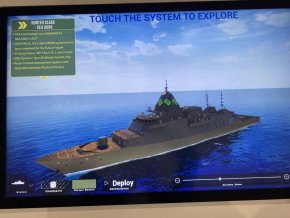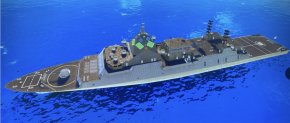Ceafar 2 would be ideal for drones and this type of mission. The Anzac has limited firing capabilities, but its detection capabilities are top notch.
However, I don't think detection is a huge problem, even the older Americans who seem to be relying on spy radars seem to be able to pick them up at significant range. Some of these drones are approaching light plane/helo size.
Its not just drones, its ballistic missiles and helicopters and fast boats conducting terrorist boarding operations. An Anzac wouldn't be able to replace a Burke, but it could certainly augment it.
I think this also highlights the value in a WA big dock. If the Suez is blocked by damaged shipping, any NATO fleet would be basically cut off from resupply. Saudi and UAE ports may come under fire as might those in Djibouti.
However, that delves more into the political space, and political decisions can change very quickly. I would expect more clarity in the New Year.
However, I don't think detection is a huge problem, even the older Americans who seem to be relying on spy radars seem to be able to pick them up at significant range. Some of these drones are approaching light plane/helo size.
Its not just drones, its ballistic missiles and helicopters and fast boats conducting terrorist boarding operations. An Anzac wouldn't be able to replace a Burke, but it could certainly augment it.
I think this also highlights the value in a WA big dock. If the Suez is blocked by damaged shipping, any NATO fleet would be basically cut off from resupply. Saudi and UAE ports may come under fire as might those in Djibouti.
Curious. People are pointing out our expectations of the Americans to deploy so much of their force to our region to help us, but when called on we can't find a ship?For the benefit of those who would like to know more than just a one liner : Australia to send small personnel deployment but no warship to Red Sea
However, that delves more into the political space, and political decisions can change very quickly. I would expect more clarity in the New Year.




